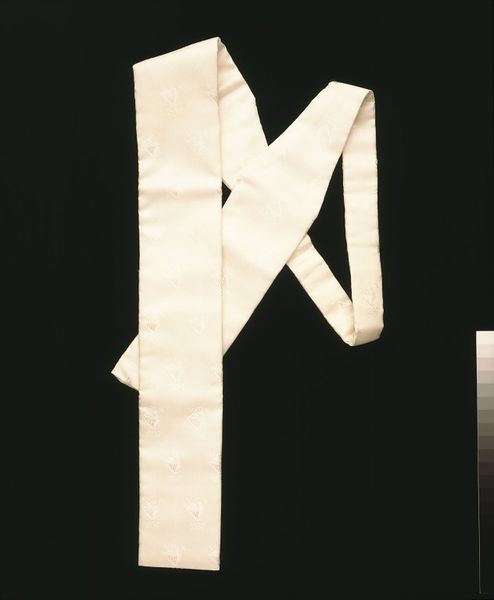So, what are spats? According to Wikipedia, they are “a type of classic footwear accessory for outdoor wear, covering the instep and the ankle” made of “white cloth or brown felt” (Spats). The word is actually a shortening of spatterdash, which has existed since the late 1600s (Fleming). It seems as the word shortened through the centuries, so did the length of the spat. Eventually, the term gaiters came to refer to the long spats, the term having originated in the 1770s. Fleming also states they were made of “leather, canvas, or other heavy material” as well as “wool felt for warmth”
My purposes for a spat project are actually twofold. First, it is part of Victorian era re-enactment and of Steampunk couture. Therefore, I need them for these activities. Second, my pants cuffs get frayed. At first I thought the pants were too long and I was walking on them. However, it is the front of the cuff that is getting damaged. I believe the metal on my shoes is ripping the material. Therefore, I want some spats to wear with my everyday clothes. Eventually I would like them to be leather to protect from cleaning chemicals, but I will start with some simple wool felt or denim.
There are several websites with tutorials on how to make spats. I like the one at wikiHow (which is apparently a step-by-step instruction based on a ThreadBanger YouTube video created by Zoe Rothberg) and plan on using that one for my initial spats, as the buckle is optional and my work shoes have flat soles without heels.
As always, I welcome your comments. Click on the Comment link below; it may say "No" or have a number in front of it.
References:
Fleming, R. S. “Spatterdashes, Gaiters, Spats; for protection, warmth, & disguise.&rdquo Kate Tattersall Adventures. Kate Tattersall, 14 Nov. 2012. Web. 7 Dec. 2013.
Rothberg, Zoh. “How to Make Spats (with Pictures).” wikiHow. wikiHow, n.d. Web. 7 Dec. 2013.
“Spats (footwear).” Wikipedia. Wikimedia Foundation, Inc, 25 Nov. 2013. Web. 7 Dec. 2013.
My purposes for a spat project are actually twofold. First, it is part of Victorian era re-enactment and of Steampunk couture. Therefore, I need them for these activities. Second, my pants cuffs get frayed. At first I thought the pants were too long and I was walking on them. However, it is the front of the cuff that is getting damaged. I believe the metal on my shoes is ripping the material. Therefore, I want some spats to wear with my everyday clothes. Eventually I would like them to be leather to protect from cleaning chemicals, but I will start with some simple wool felt or denim.
There are several websites with tutorials on how to make spats. I like the one at wikiHow (which is apparently a step-by-step instruction based on a ThreadBanger YouTube video created by Zoe Rothberg) and plan on using that one for my initial spats, as the buckle is optional and my work shoes have flat soles without heels.
As always, I welcome your comments. Click on the Comment link below; it may say "No" or have a number in front of it.
References:
Fleming, R. S. “Spatterdashes, Gaiters, Spats; for protection, warmth, & disguise.&rdquo Kate Tattersall Adventures. Kate Tattersall, 14 Nov. 2012. Web. 7 Dec. 2013.
Rothberg, Zoh. “How to Make Spats (with Pictures).” wikiHow. wikiHow, n.d. Web. 7 Dec. 2013.
“Spats (footwear).” Wikipedia. Wikimedia Foundation, Inc, 25 Nov. 2013. Web. 7 Dec. 2013.





